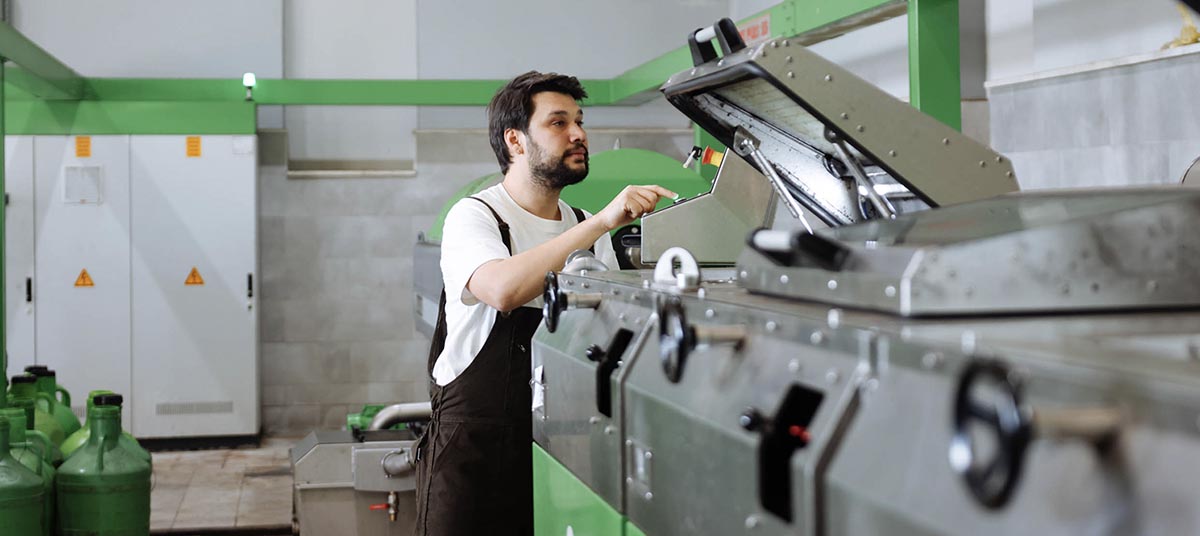Revitalizing Business Growth: The Return of 100% Bonus Depreciation and New Expensing Opportunities

The reintroduction of 100% bonus depreciation marks a pivotal advancement in U.S. tax policy, designed to stimulate economic recovery and growth. This initiative, reinstated under the One Big Beautiful Bill Act, not only restores a critical advantage from the 2017 Tax Cuts and Jobs Act (TCJA) but further enhances its appeal amidst the economic turmoil following the pandemic. In this article, we delve into the tax advantages, historical developments, and specific regulatory frameworks that define bonus depreciation, alongside analyzing recent legislative amendments that bolster its benefits.

- Historical Context: A Catalyst for Economic Recovery - Bonus depreciation was first implemented through the Job Creation and Worker Assistance Act of 2002, enabling businesses to immediately deduct a large percentage of the cost of qualified property. Initially capped at 30%, it later rose to 50% and eventually 100% during economic downturns. The TCJA transformed this further by introducing a full first-year deduction, incentivizing capital investment and economic growth. However, its phased elimination was supposed to begin in 2023, with the benefit disappearing by 2027.
- Significant Tax Benefits - Bonus depreciation empowers businesses to deduct asset costs entirely in the year they are activated, furnishing immediate fiscal relief and promoting investment. This deduction improves cash flow by minimizing taxable income, serving as a potent catalyst for new asset acquisitions. Strategic planning is vital, as deductions like Section 199A can be influenced by substantial capital write-offs. Nonetheless, this may benefit businesses by helping circumvent phase-outs and restrictions linked to 199A.
- Eligibility Standards for Bonus Depreciation - Qualifying assets generally include tangible properties with a depreciation period of 20 years or less, alongside computer software and qualified improvements. The IRS defines these recovery periods; for instance, most corporate vehicles have a 5-year span while office apparatuses extend to 7 years. Real properties, with recovery periods of 27.5 or 39 years, do not qualify for bonus depreciation. The TCJA expanded the eligibility to both new and pre-owned qualifying assets, enhancing appeal for second-hand equipment investments.
- Qualified Improvement Property Adjustments - Initially, legislative oversights excluded specific property categories under the TCJA from bonus depreciation eligibility. Subsequently, the CARES Act addressed this, incorporating improvements made to leasehold, restaurant, and retail facilities into a 15-year MACRS recovery period, making them bonus depreciation eligible.
- Bonus Depreciation and AMT - Without IRS consent, revoking bonus depreciation options typically isn't feasible, barring timely return filings allowing a six-month amendment period. A notable advantage is that property claiming bonus depreciation stays exempt from alternative minimum tax (AMT) adjustments, ensuring that AMT relief aligns with standard tax objectives.
- Depreciation Norms for Business Automobiles - Specific rules and deduction caps apply to luxury automobiles used in businesses. Under the TCJA, the depreciation limit increases by $8,000 during years allowing bonus depreciation. Assumptions carry forward this increment, underlining its ongoing relevance. Section 179 mandates pre-bonus adjustments and imposes complex interplay with related parties, necessitating strategic planning.
- Recent Legislative Enhancements - The OBBBA amplifies the 100% deduction for legitimate property bought and activated after January 19, 2025. This amendment secures bonus depreciation's permanency, augmenting continuous investment planning aligned with economic policy objectives aimed at prosperity.
- Incentives for Qualified Production Property - The new legislation also catalyzes manufacturing enhancements within the U.S. economy. Previously, nonresidential real property, usually depreciated over 39 years, couldn't benefit from bonus depreciation, generally reserved for tangible personal assets. However, post-July 4, 2025, OBBBA permits immediate deduction of 100% costs associated with new factories and improvements, pivotal in driving domestic industrial investment.
The bonus depreciation resurgence represents a crucial instrument for dynamic business planning, providing essential tax incentives encouraging capital expenditure. While these benefits are substantial, navigating their intricacies requires astute comprehension, particularly about QBI deductions, AMT considerations, and asset qualifications. Despite legislative nuances and phased-out provisions, bonus depreciation remains integral for strategic business development, promoting economic sustainability. The incentive embedded within qualified production property vastly enhances opportunities for U.S.-based manufacturing, suiting not only large corporations but also smaller enterprises intent on achieving cost efficiencies through production facilities.
If you are a business owner interested in understanding how bonus depreciation fits your strategic goals, contact Veritas Planning Advisors for a professional consultation. With expert guidance, you can maximize these tax advantages for sustainable growth.
Want tax & accounting tips and insights?
Sign up for our newsletter.